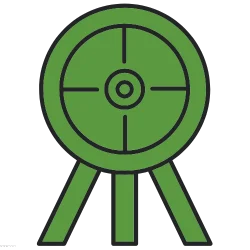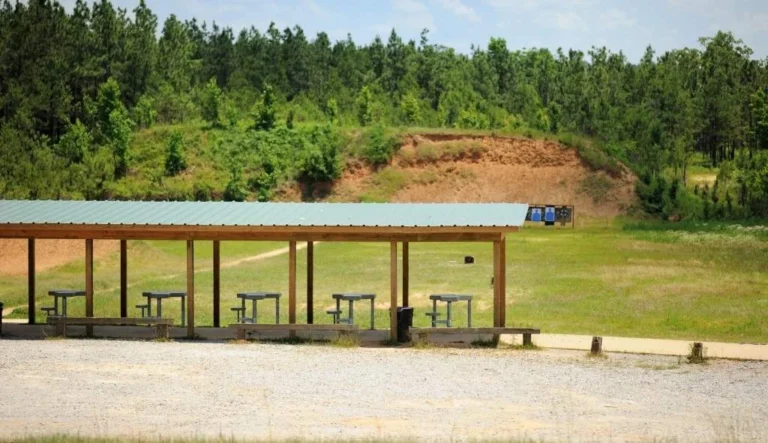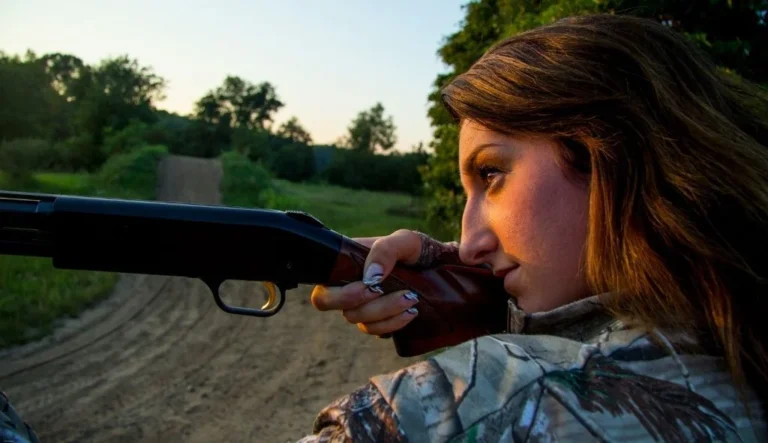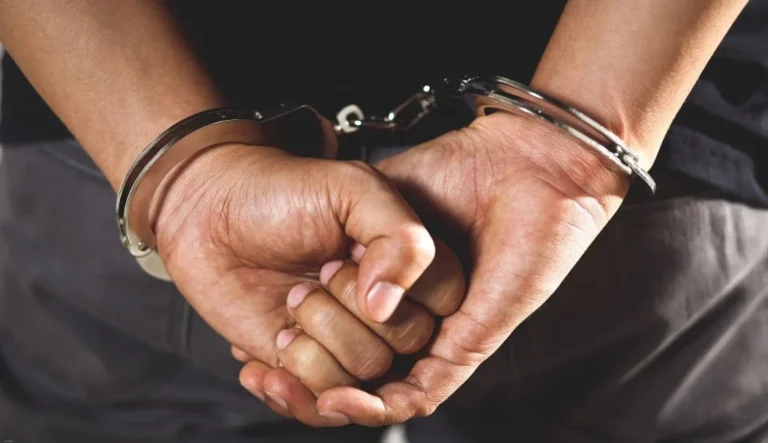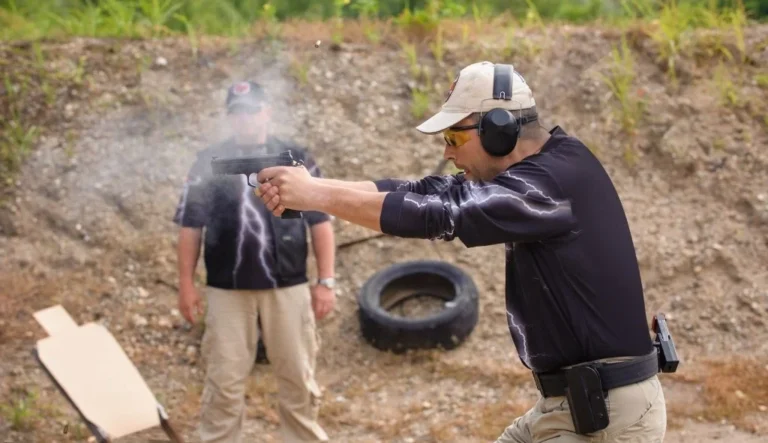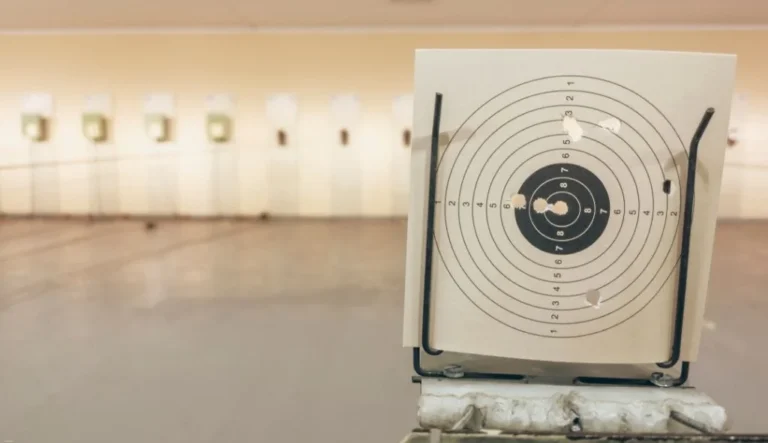A public shooting range is a facility open to the public where individuals can practice firearm skills safely and legally. These ranges provide controlled environments for target practice, training, and recreational shooting.
Types of Public Shooting Ranges
Public shooting ranges come in various forms, each catering to different needs and preferences of shooters. Understanding these types can help you choose the most suitable range for your purposes.
Indoor Ranges
Indoor ranges offer a controlled environment protected from weather conditions. They typically have:
- Climate control for year-round comfort
- Better lighting for improved visibility
- Sound dampening features
- Automated target retrieval systems
These ranges are ideal for handgun practice and some rifle shooting, depending on the facility’s capabilities.
Outdoor Ranges
Outdoor ranges provide a more natural setting for shooting practice. They often feature:
- Longer shooting distances for rifle practice
- Multiple firing positions (prone, sitting, standing)
- Various target setups, including moving targets
- Space for tactical training scenarios
Outdoor ranges can accommodate a wider variety of firearms and shooting styles compared to indoor facilities.
Specialized Ranges
Some public ranges offer specialized facilities for specific shooting disciplines:
- Trap and skeet ranges for shotgun sports
- Archery ranges for bow and arrow practice
- Long-distance ranges for precision rifle shooting
These specialized ranges cater to enthusiasts of particular shooting sports and often host competitions.
Safety Measures at Public Shooting Ranges
Safety is paramount at public shooting ranges. Strict protocols and equipment are in place to protect shooters and staff.
Range Safety Officers
Most public ranges employ Range Safety Officers (RSOs) who:
- Supervise shooting activities
- Enforce safety rules
- Provide assistance to shooters
- Respond to emergencies
RSOs play a crucial role in maintaining a safe environment for all range users.
Safety Equipment
Public ranges require the use of essential safety gear:
- Eye protection to guard against ricochets and debris
- Ear protection to prevent hearing damage from gunfire
- First aid kits for emergency situations
Many ranges provide rental equipment for those who don’t have their own.
Range Rules and Procedures
Every public range has a set of rules that shooters must follow:
- Always keep firearms pointed in a safe direction
- Keep fingers off triggers until ready to shoot
- Treat all guns as if they are loaded
- Be aware of your target and what’s beyond it
Adherence to these rules is strictly enforced to ensure the safety of all range users.
Benefits of Using Public Shooting Ranges
Public shooting ranges offer numerous advantages for both novice and experienced shooters.
Skill Development
Regular practice at a public range can help improve:
- Accuracy and precision
- Proper firearm handling techniques
- Speed and target acquisition skills
Many ranges offer training courses and workshops for skill enhancement.
Legal and Safe Environment
Public ranges provide:
- A controlled setting for firearm use
- Compliance with local and federal laws
- Protection from legal issues associated with shooting in unauthorized areas
This legal compliance is crucial for responsible gun ownership and use.
Community and Networking
Public ranges often foster a sense of community among shooters:
- Opportunities to meet like-minded individuals
- Sharing of knowledge and experiences
- Participation in shooting events and competitions
This social aspect can enhance the overall shooting experience.
Accessing Public Shooting Ranges
Understanding how to access and use public shooting ranges is important for anyone interested in firearm practice.
Finding a Range
To locate a public shooting range:
- Check with local law enforcement or fish and wildlife agencies
- Search online databases of shooting ranges
- Ask at local gun shops or sporting goods stores
Many ranges have websites with information on location, hours, and services.
Membership and Fees
Public ranges may have different access models:
- Pay-per-use fees for occasional shooters
- Membership options for regular users
- Combination of both for flexibility
Some ranges offer discounts for military, law enforcement, or seniors.
Required Documentation
When visiting a public range, you may need to bring:
- Valid identification
- Proof of firearms safety training (for some ranges)
- Your own firearms and ammunition (unless renting)
Always check the range’s specific requirements before visiting.
Range Etiquette and Best Practices
Proper etiquette at public shooting ranges ensures a positive experience for all users.
Respecting Others
When at a public range:
- Be mindful of noise levels
- Clean up your shooting area after use
- Follow all range commands promptly
- Avoid distracting other shooters
Good etiquette contributes to a safe and enjoyable environment for everyone.
Proper Firearm Handling
Always demonstrate responsible firearm handling:
- Keep firearms unloaded until ready to use
- Use appropriate targets only
- Never handle firearms during cease-fire periods
- Report any unsafe behavior to range staff
Proper handling is crucial for personal and collective safety.
Equipment Maintenance
Maintain your equipment to prevent malfunctions:
- Clean your firearms regularly
- Inspect ammunition for defects
- Properly store firearms and ammunition
Well-maintained equipment is safer and more reliable.
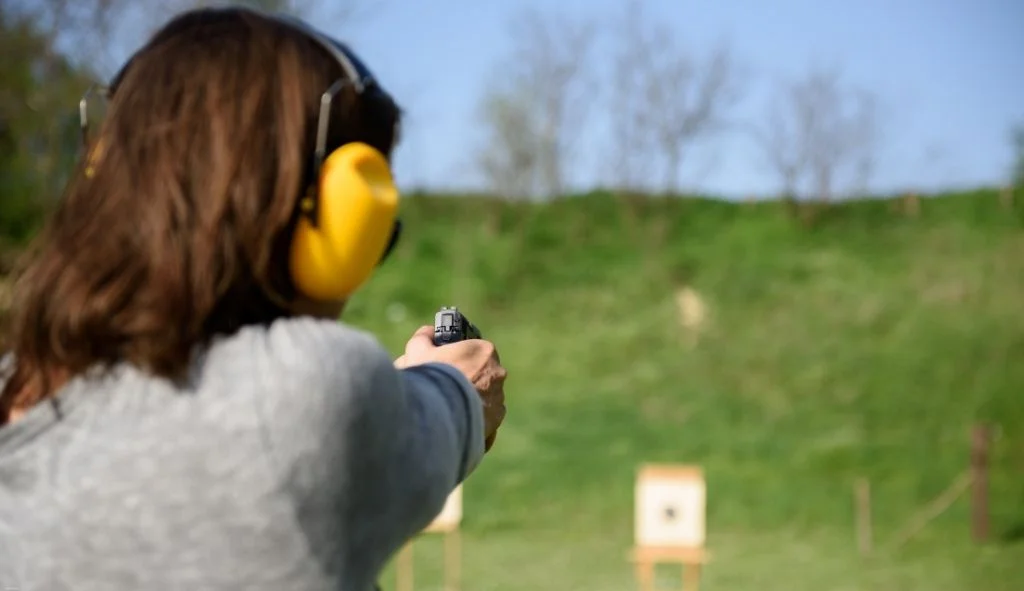
Environmental Considerations
Public shooting ranges must address environmental concerns associated with their operations.
Lead Management
Ranges implement strategies to manage lead contamination:
- Regular cleanup of spent bullets
- Use of bullet traps to contain lead
- Proper disposal of lead waste
These measures protect the environment and comply with regulations.
Noise Reduction
To minimize noise pollution:
- Use of sound barriers in indoor ranges
- Strategic placement of outdoor ranges
- Restricted shooting hours in some locations
Noise reduction helps maintain good relations with surrounding communities.
Wildlife Protection
Outdoor ranges often implement measures to protect local wildlife:
- Fencing to prevent animal access
- Scheduled closures during migration seasons
- Habitat restoration projects
These efforts balance recreational shooting with environmental stewardship.
Training and Education at Public Ranges
Many public shooting ranges offer educational programs to promote responsible gun ownership and use.
Firearms Safety Courses
Basic safety courses typically cover:
- Fundamental firearm safety rules
- Proper handling and storage of firearms
- Legal responsibilities of gun ownership
These courses are often required for new shooters or range members.
Specialized Training
Advanced training options may include:
- Concealed carry classes
- Defensive shooting techniques
- Competition shooting skills
These programs cater to shooters looking to enhance specific skills.
Youth Programs
Many ranges offer youth-oriented programs:
- Introduction to shooting sports
- Gun safety for young shooters
- Junior shooting leagues and competitions
These programs focus on instilling safe practices from an early age.
Technology in Modern Public Ranges
Advancements in technology have enhanced the shooting range experience.
Electronic Scoring Systems
Many ranges now use electronic targets that:
- Provide instant feedback on shot placement
- Allow for more complex target scenarios
- Reduce the need for manual target changes
These systems can improve accuracy and make practice more efficient.
Virtual Reality Training
Some ranges incorporate VR technology for:
- Realistic scenario-based training
- Stress inoculation exercises
- Cost-effective practice without live ammunition
VR training can complement live-fire practice for a more comprehensive skill development.
Range Management Software
Modern ranges often use software for:
- Scheduling and lane reservations
- Membership management
- Tracking shooter progress over time
This technology streamlines operations and enhances the user experience.
Challenges Facing Public Shooting Ranges
Public shooting ranges face several challenges in today’s environment.
Funding and Maintenance
Many public ranges struggle with:
- Limited budgets for upkeep and improvements
- Increasing costs of insurance and liability coverage
- Need for regular equipment upgrades
These financial challenges can impact the quality and availability of public ranges.
Urban Encroachment
As cities expand, ranges face:
- Pressure from nearby residential developments
- Stricter noise regulations
- Potential closure due to land use changes
Balancing the needs of shooters with urban growth is an ongoing challenge.
Public Perception
Public ranges must navigate:
- Varying attitudes towards firearms in different communities
- Media coverage of gun-related issues
- Educating the public about the role of safe shooting facilities
Positive community relations are crucial for the continued operation of public ranges.
